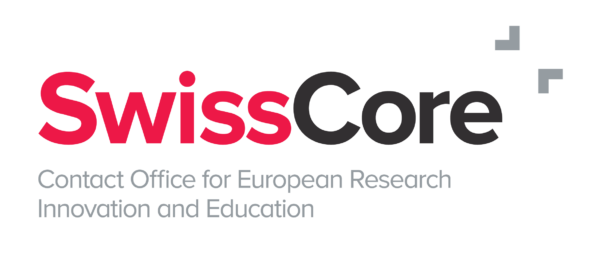The European Commission has sharpened the rules governing the direct state aid that can be offered to large scale innovation projects.
The European Commission (EC) ‘s revised State aid rules for Important Projects of Common European Interest have entered into force from 1 January 2022. The updated IPCEI communication refines the criteria on which Member State are assessed when they request permission to provide public support to companies, in particular to overcome market failures and enable innovation in strategic sectors. Indeed, EU rules broadly prohibit state aid that may tilt the competitive playing field in the single market, but exemptions are available for projects offering targeted, and transnational, funding for breakthrough innovation or strategic infrastructure. The updated rules for such state aid exemptions not put the principles of greater inclusivity and greater coherence with EU priorities at their core.
The updated IPCEI Communication is the result of an evaluation of the current rules conducted in 2019 as part of the State aid Fitness Check and after a consultation involving Member States, business associations, interest groups, individual companies, NGOs, and citizens. The update also reflects the Commission’s experience stemming from its case practice, notably three decisions approving IPCEIs to enable breakthrough innovation in microelectronics (in December 2018) and in the battery value chain (in December 2019 and January 2021) as well as its decision approving an infrastructure IPCEI, namely the Fehmarn Belt fixed rail-road link (in March 2020).
The revised IPCEI Communication includes a number of targeted adjustments to reflect experience gained from the application of the 2014 IPCEI Communication and to align the relevant rules to the current EU priorities. The criticism of previous efforts being closed and opaque, the update enhances the European and open character of IPCEIs, by providing that IPCEIs must ordinarily involve at least four Member States and by requiring that IPCEIs are designed in a transparent and inclusive manner. Thus, all Member States should be informed of the possible emergence of an IPCEI, for example by way of preparatory contacts and meetings, and are given the opportunity to participate if interested.
An additional suspicion, according to which IPCEIs allegedly catered mainly to large industry, has led to a greater facilitation of the participation of small and medium sized enterprises (SMEs) in IPCEIs. It does so through specific facilitations for the assessment of the compatibility of the aid to SMEs, such as the possibility for smaller companies to have a more limited own contribution to the projects than otherwise required. The revised Communication also encourages collaborations between larger companies participating in an IPCEI and SMEs within and outside the IPCEI.
Adjustments were also made to align the rules better with current EU priorities. In order to support the environmental strategies of the EU and to accelerate the EU’s green transition, the revised IPCEI Communication requires Member States to provide evidence of compliance of the notified projects with the ‘do no significant harm’ principle. The revised IPCEI Communication also clarifies the criteria for the combination of EU and national funds. At the same time, the Communication confirms the requirement for IPCEIs to deliver significant positive spill-over effects across the EU and also maintains strong safeguards to ensure that aid is limited to what is necessary and to prevent undue distortions of competition.
On this basis, the Commission will continue to support ongoing efforts by Member States to jointly design IPCEIs that overcome market failures by enabling breakthrough innovation and infrastructure investments in hydrogen, cloud, health, and microelectronics. As these ongoing initiatives indicate, IPCEIs are becoming a focus of the EU industrial strategy (see SwissCore article), efforts to meet EU priority goals such as the green and digital transitions, and in particular to strengthen the EU’s strategic autonomy. The instrument is attractive because such projects exploit and promote synergies across EU Member States. More specifically, they facilitate transnational collaboration in giving Member States leeway to provide targeted state support for innovation and strategic infrastructure. Indeed, the core criteria for approval concern their strategic nature, and their ability to generate positive spill-over effects for the EU economy and its citizens at large beyond the participating Member States. Specific criteria are set for the eligibility of breakthrough innovation projects (covering both the research, development and innovation (R&D&I) stage and the first industrial deployment stage, to the exclusion of mass production and commercial activities).
IPCEIs are notably funded from national budgets, thereby putting Member States in the driving seat to identify the scope of the project, to select (preferably following open calls) participating companies, and to agree on project governance. The public support by Member States to the projects and companies participating under the IPCEIs, which constitutes State aid under EU rules, has to be notified to the Commission for assessment and approval. The Commission stands ready to support plans by Member States and the industry, provide guidance and coordinate efforts, where necessary, and is committed to a swift assessment of the relevant projects as soon as notified. Once formally notified, the Commission assesses proposed projects under the updated IPCEI Communication.

